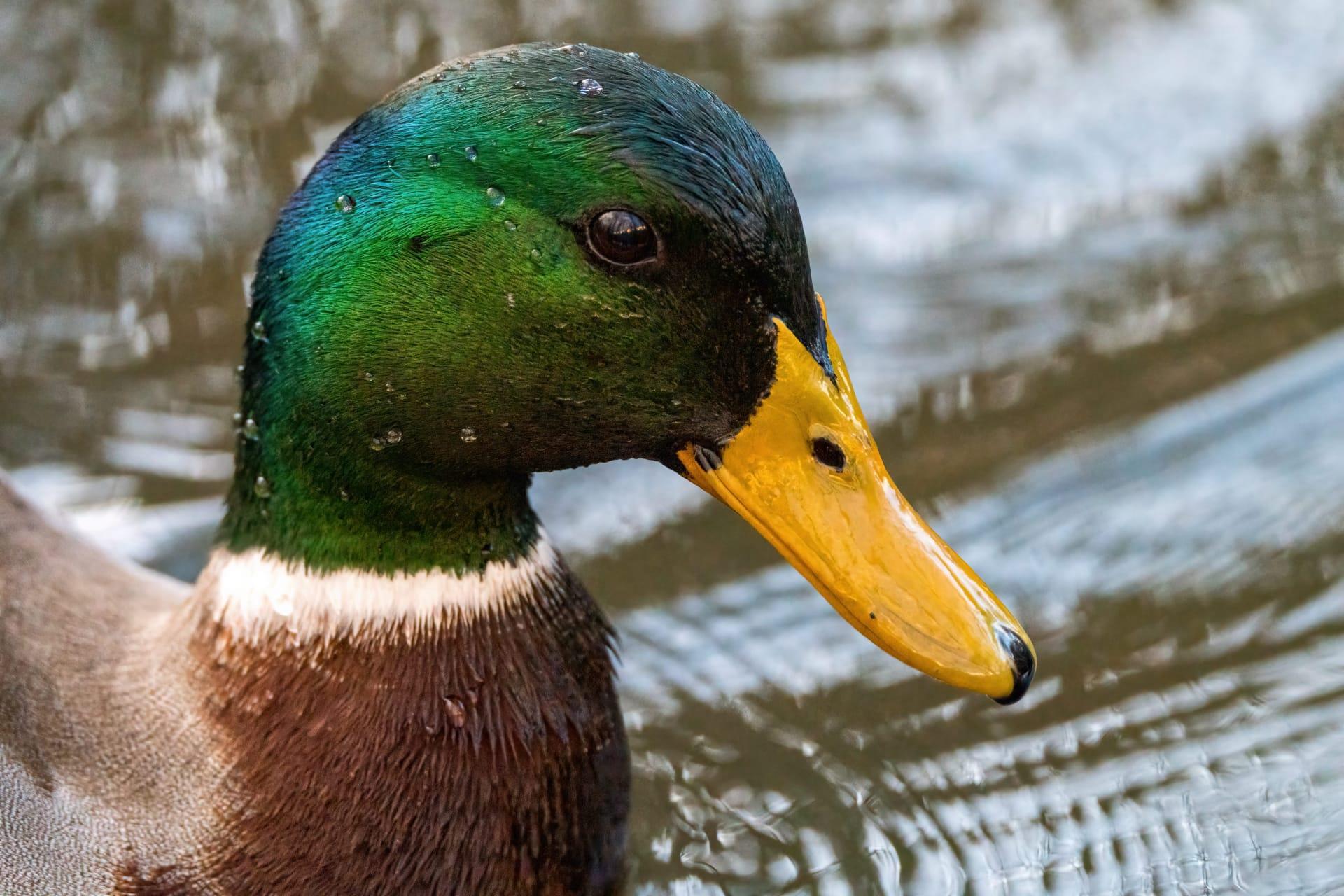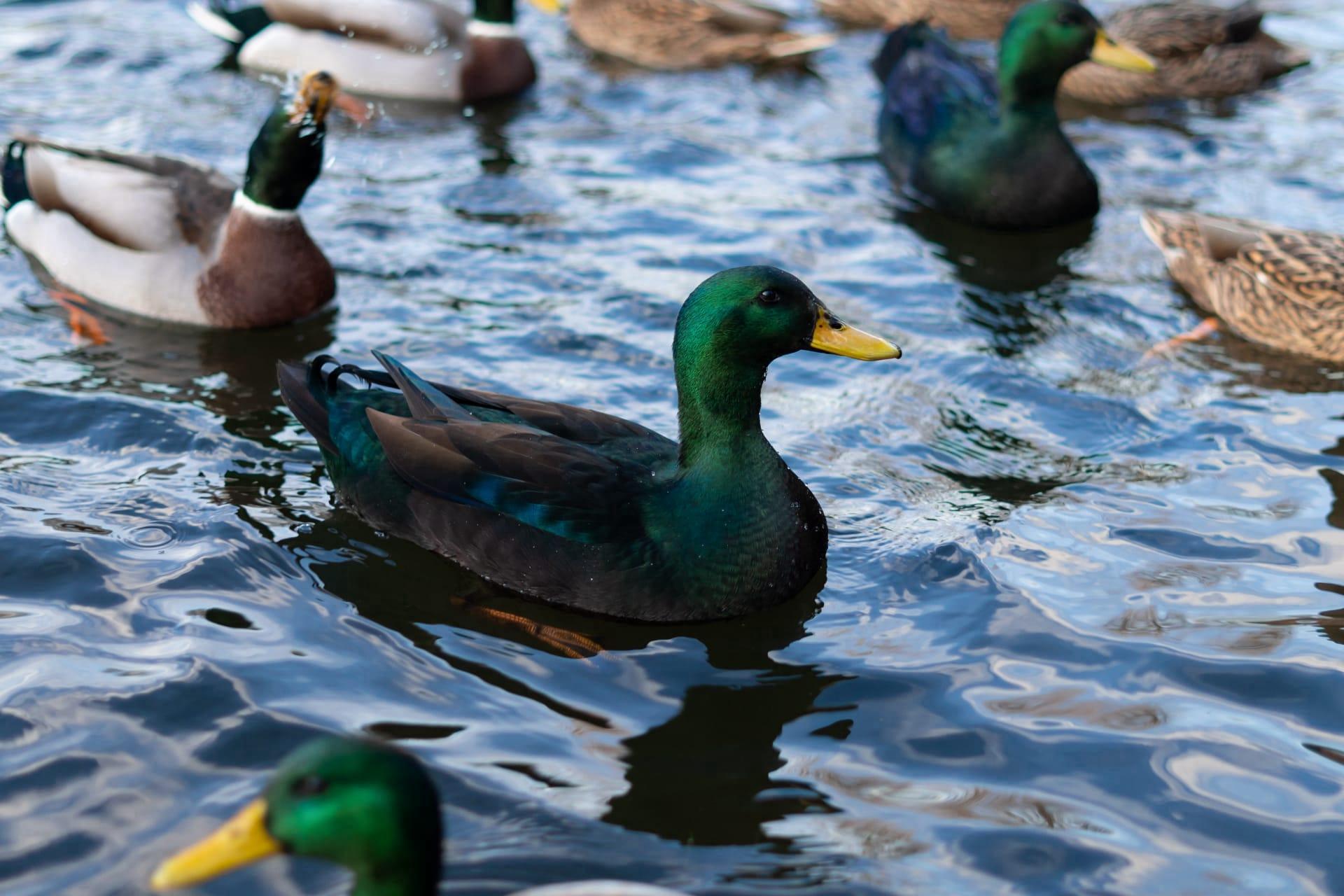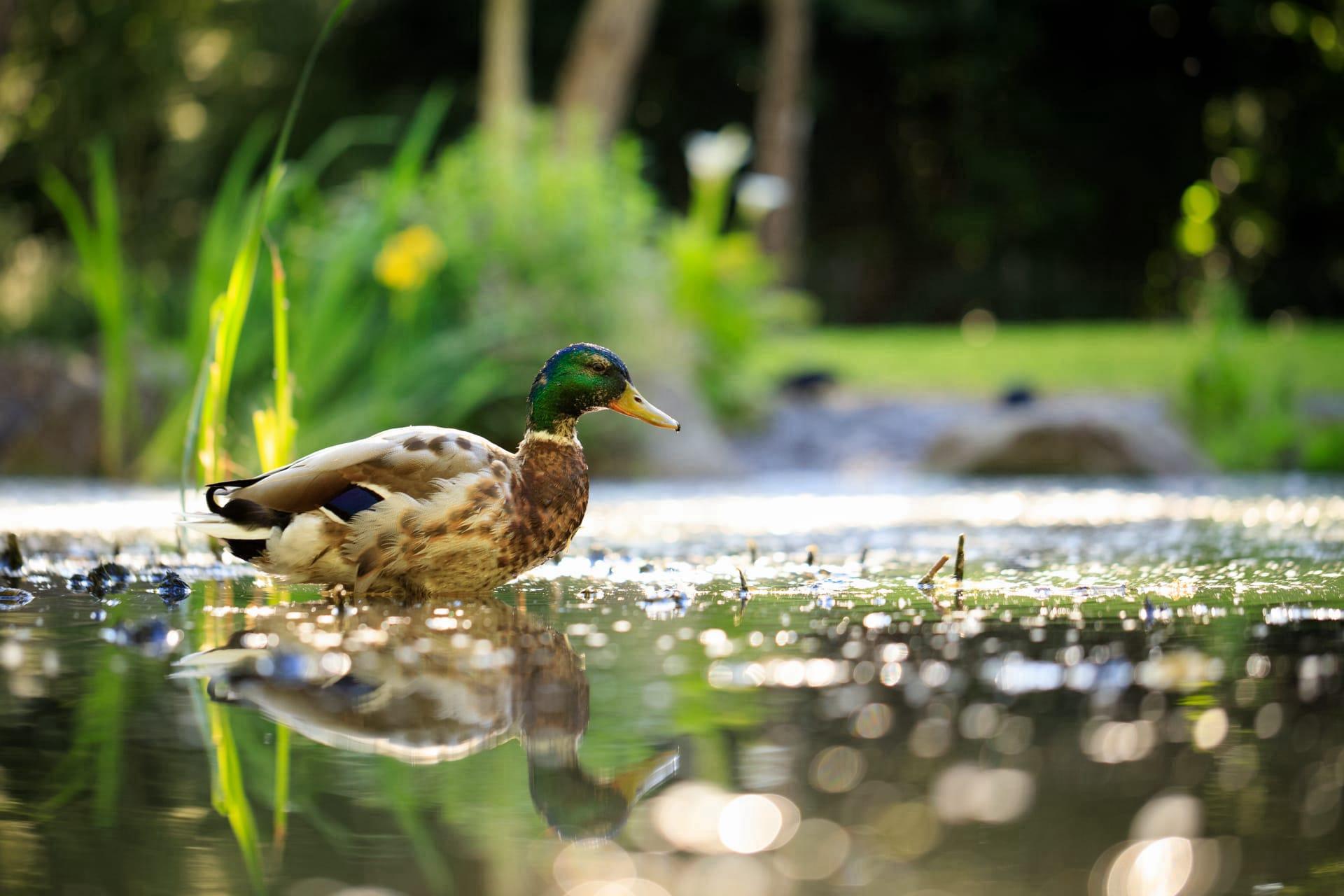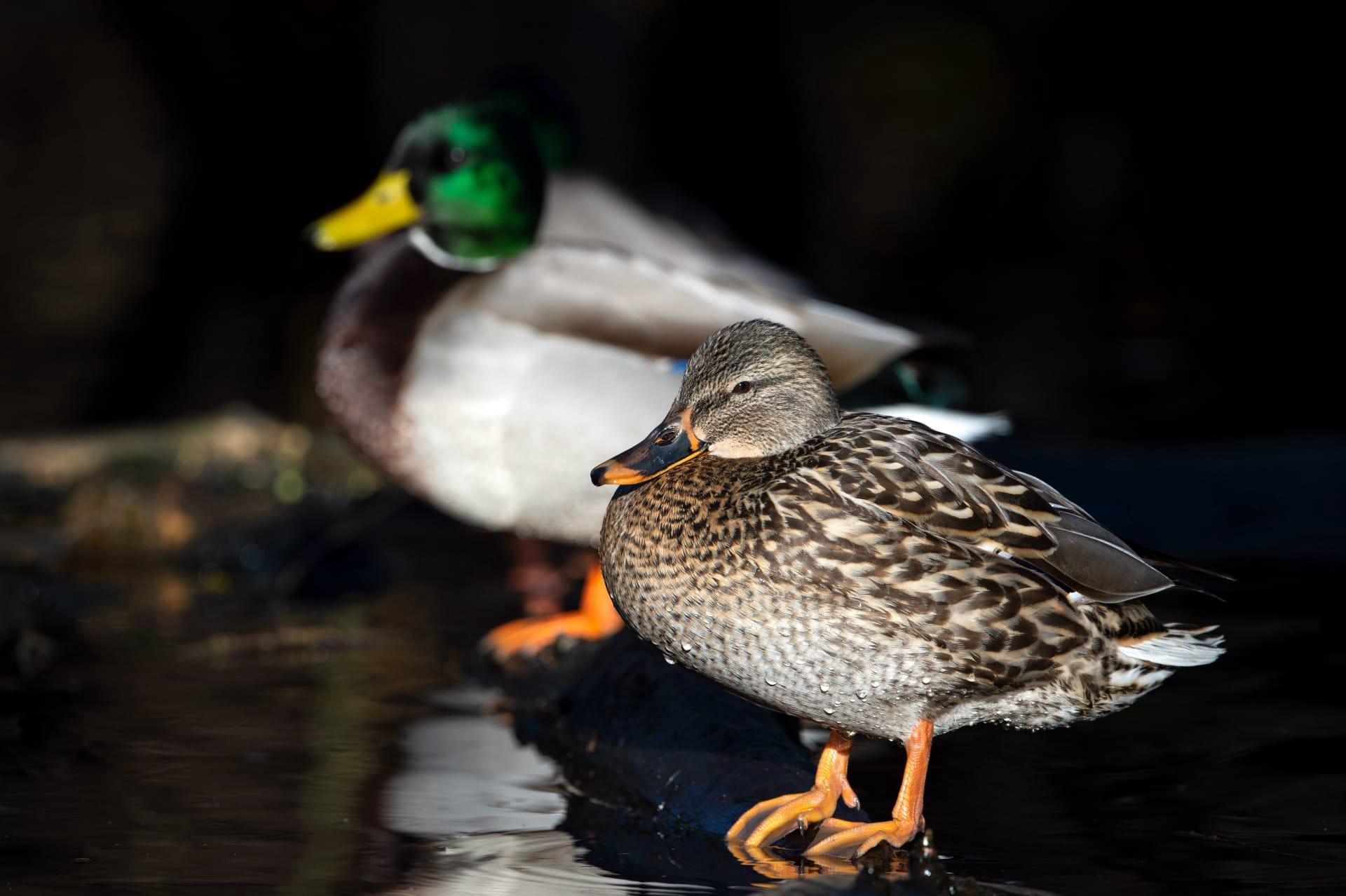Teal Trivia
- Home /
- Trivia Question /
- Animal /
- Teal Trivia
1
Question: How do teal ducks differ in appearance from other duck species?
Answer: Teal ducks stand out with their striking plumage. The males, during the breeding season, exhibit a bold pattern of iridescent green and chestnut on their heads, with a distinct yellow patch at the rear. They're smaller than your typical mallards, averaging about 20-30 centimeters in length, with a wingspan of approximately 58-76 centimeters. Females are mottled brown, blending seamlessly with wetland vegetation.
Question: What is the habitat preference of teal ducks?
Answer: Teal ducks have a knack for picking habitats. They prefer shallow freshwater marshes, ponds, and lakes, ideally with abundant aquatic vegetation. These settings offer them ample food like seeds, aquatic insects, and crustaceans. During migration and winter, they're also found in estuaries and coastal lagoons, adapting to varying water salinity levels.

2
Question: Is it true that teal ducks migrate longer distances than other ducks?
Answer: This is a common misconception. While some duck species embark on extensive migrations, teal ducks are moderate migrators. They travel from their breeding grounds in northern areas like Canada and the northern United States to winter in the southern United States, Mexico, and Central America. Their migration journey averages around 2,000-3,000 kilometers, less than the epic voyages of some other waterfowl species.
Question: Do teal ducks mate for life?
Answer: Contrary to popular belief, teal ducks do not mate for life. They form seasonal pair bonds. Each breeding season, usually starting in late winter, males court females with elaborate displays and calls. After mating and egg-laying, the male often leaves, and the female takes on the responsibility of incubating the eggs and raising the ducklings alone.

3
Question: What unique feeding habits do teal ducks have?
Answer: Teal ducks are dabbling ducks, meaning they feed in shallow water by tipping forward and foraging on underwater plants. They rarely dive. A fascinating aspect of their feeding is their speed; they can dabble and sift through water at an impressive rate, thanks to their small size and agile movements. This allows them to efficiently extract small aquatic organisms and seeds from the water surface and mud.
Question: How do teal ducks communicate with each other?
Answer: Teal ducks are quite vocal, especially during the breeding season. Males have a high-pitched whistle, while females emit a quack that is softer and more subdued than the typical duck quack. These sounds are crucial for maintaining group cohesion, especially in dense vegetation or during night-time. They also have a range of body language signals for courtship, aggression, and alerting others to predators.

4
Question: How long do teal ducks live?
Answer: In the wild, teal ducks have a lifespan of about 20-30 years, with an average life expectancy of around 10 years. This varies depending on factors like habitat conditions, predation, and availability of food. In captivity, with proper care, they can live longer, showcasing the importance of a conducive environment for their longevity.
Question: What role do teal ducks play in their ecosystem?
Answer: Teal ducks are vital players in their ecosystems. As seed dispersers, they contribute to the propagation of aquatic plants. Their foraging habits also help control insect populations, which benefits the health of wetland ecosystems. Furthermore, they serve as prey for larger predators, thus playing a key role in the food chain and maintaining ecological balance.

5
Question: Can teal ducks adapt to different climatic conditions?
Answer: Yes, teal ducks are remarkably adaptable to various climates. They breed in colder northern regions and migrate to warmer southern areas during winter. This adaptability is crucial for their survival, allowing them to exploit different environments for food and breeding.
Answer: Teal ducks exhibit an impressive ability to adapt to different climates. Their migratory patterns show how they can thrive in both the cold climates of their northern breeding grounds and the warmer conditions of their southern winter habitats. This versatility is key to their survival, enabling them to find food and suitable breeding sites across diverse environments.
Question: What threats do teal ducks face in the wild?
Answer: The primary threats to teal ducks include habitat loss due to wetland drainage and pollution, climate change affecting their migratory patterns and breeding grounds, and hunting. Conservation efforts focusing on wetland preservation and sustainable hunting practices are crucial for their survival.